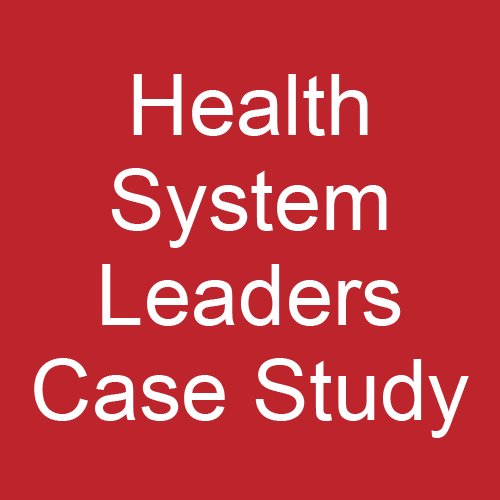Erlanger Medical Center
Family Medicine Residency Program
Describe what you/your faculty/department/program/clinic did that demonstrated that family physicians are leaders in health systems.
Our residency clinic, which is stationed directly across the street from the hospital, set up the initial health system testing station and continues preprocedural testing to this day. Additionally, we stood up telehealth visits within 48 hours of limiting access to our physical space. Our senior residents went on a "road show" tour, teaching numerous specialists how to conduct telehealth visits for approximately two weeks.
Our program director collaborated with the incident command of our hospital, the internal medicine residency, critical care department, and the hospitalist service to double our inpatient presence literally overnight. This action freed up critical care physicians and hospitalists to extend their capability to care for COVID-19 patients. Our program director also established a tiered response plan to address inpatient, outpatient, and telemedicine needs to ensure all patients got timely care without exposing all our clinicians or staff at one time unnecessarily.
Our department chair took on the role of primary care advisor to the medical center COVID leadership team, which met via phone twice daily for months before reducing frequency once the situation stabilized. Our department chair developed a contingency inpatient roster and secured emergency privileging for outpatient physicians in case our hospital providers were overrun.
Additionally, our department chair met with local officials to encourage them to stand up a COVID task force represented by key players from the three main hospitals in our area, as well as government officials. The Chair also convened a multidisciplinary panel of physicians, clergy, social workers, and nurses to discuss ethical use of resources if they became scare. Ultimately, the document produced was approved by all three hospital systems.
The department chair also met with preoperative testing folks to design and execute an efficient, multi-site preoperative/preprocedure testing site.
How did you communicate with health systems leaders during the process?
Direct phone call; multidisciplinary meetings to review protocols, resources, and respond to daily unforeseen contingencies.
What type of feedback have you received about your efforts?
CEO and VPs routinely thanked our department for their efforts. Additionally, our department chair was recognized as the Chattanooga Times Free Press Healthcare Champion for Academic Physicians.
What type of impact do you think this will have on your health systems leaders’ perception of family medicine?
I believe they recognize that family medicine can serve in multidisciplinary capacities, both as physicians and community leaders to respond well in times of medical crises.
What type of advice would you give to other family physicians or family medicine faculty about helping health systems leaders see the value of family medicine?
Choose to engage.

